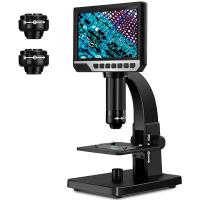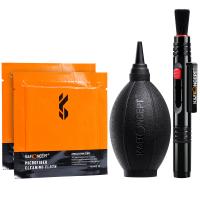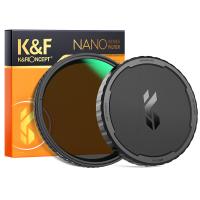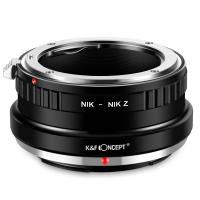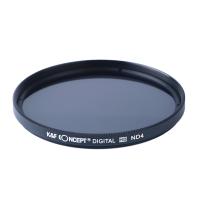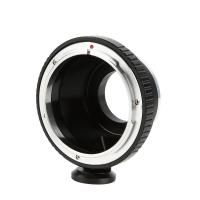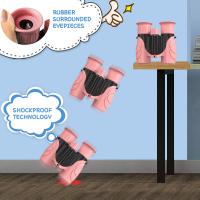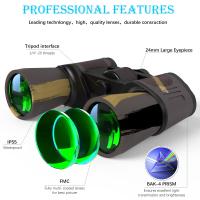Can Microtubules Be Seen With A Light Microscope ?
Microtubules cannot be directly seen with a light microscope due to their small size. Light microscopes have a limited resolution, typically around 200-300 nanometers, which is larger than the diameter of microtubules (about 25 nanometers). However, indirect visualization techniques such as immunofluorescence staining or live-cell imaging can be used to observe microtubules using a light microscope. These techniques involve labeling microtubules with fluorescent dyes or using fluorescently tagged proteins that bind to microtubules, allowing their visualization under a light microscope.
1、 Microtubule structure and composition
Microtubules are dynamic structures that play a crucial role in various cellular processes, including cell division, intracellular transport, and cell shape maintenance. Due to their small size, the question arises whether microtubules can be visualized using a light microscope.
Traditionally, microtubules were thought to be below the resolution limit of light microscopy, which is around 200-300 nanometers. Therefore, they were primarily studied using electron microscopy, which provides higher resolution images. However, recent advancements in microscopy techniques have allowed researchers to visualize microtubules using light microscopy.
One such technique is called super-resolution microscopy, which overcomes the diffraction limit of light and provides a resolution of a few tens of nanometers. This technique has been used to visualize microtubules in live cells, allowing researchers to study their dynamics and interactions with other cellular components in real-time.
Another technique that has been used to visualize microtubules is called total internal reflection fluorescence microscopy (TIRF). TIRF microscopy selectively illuminates a thin section of the cell near the coverslip, resulting in high contrast images of microtubules near the cell membrane. This technique has been particularly useful in studying microtubule dynamics in the context of cell migration and intracellular transport.
Furthermore, the development of fluorescent protein tags and specific antibodies against microtubule-associated proteins has facilitated the visualization of microtubules in fixed cells using conventional fluorescence microscopy. These techniques allow researchers to study the organization and localization of microtubules in different cell types and under various experimental conditions.
In conclusion, while microtubules were once considered beyond the resolution limit of light microscopy, recent advancements in microscopy techniques have made it possible to visualize and study microtubules using light microscopy. Super-resolution microscopy, TIRF microscopy, and fluorescent protein tags/antibodies have all contributed to our understanding of microtubule structure and composition. These techniques continue to evolve, providing researchers with new insights into the dynamic nature of microtubules and their role in cellular processes.

2、 Microtubule dynamics and assembly
Microtubules are dynamic structures that play a crucial role in various cellular processes, including cell division, intracellular transport, and cell shape maintenance. Due to their small size, the question arises whether microtubules can be visualized using a light microscope.
Traditionally, microtubules were thought to be below the resolution limit of light microscopy, which is approximately 200-300 nanometers. However, advancements in microscopy techniques have allowed researchers to overcome this limitation and visualize microtubules using light microscopy. One such technique is called total internal reflection fluorescence microscopy (TIRF), which selectively illuminates a thin section of the sample near the coverslip, resulting in high-resolution images of microtubules near the cell membrane.
Additionally, the development of super-resolution microscopy techniques, such as stimulated emission depletion (STED) microscopy and structured illumination microscopy (SIM), has further enhanced the resolution of light microscopy. These techniques can achieve resolutions below the diffraction limit, enabling the visualization of microtubules with higher detail and accuracy.
It is important to note that while light microscopy can now visualize microtubules, electron microscopy (EM) remains the gold standard for studying microtubule structure and organization at the nanoscale. EM provides even higher resolution and can reveal finer details of microtubule architecture.
In conclusion, with the advent of advanced microscopy techniques, microtubules can now be visualized using light microscopy. However, it is essential to consider the limitations of light microscopy and the advantages of electron microscopy when studying microtubule dynamics and assembly.
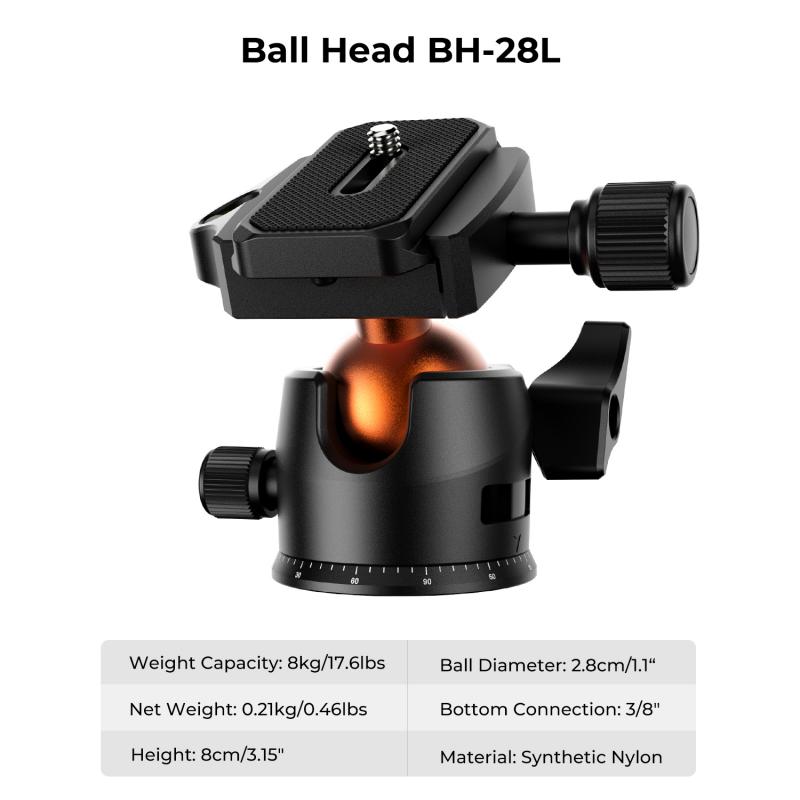
3、 Microtubule functions in cellular processes
Microtubules are dynamic structures composed of tubulin proteins that play crucial roles in various cellular processes, including cell division, intracellular transport, and cell shape maintenance. The question of whether microtubules can be seen with a light microscope is an interesting one, as it relates to the resolution limits of this imaging technique.
Traditionally, microtubules were considered to be below the resolution limit of light microscopy due to their small size, typically around 25 nanometers in diameter. However, advancements in microscopy techniques, such as super-resolution microscopy, have allowed researchers to visualize microtubules with higher resolution.
Super-resolution microscopy techniques, such as stimulated emission depletion (STED) microscopy and stochastic optical reconstruction microscopy (STORM), can overcome the diffraction limit of light microscopy. These techniques use various approaches to achieve resolutions below the diffraction limit, enabling the visualization of microtubules and other subcellular structures with greater detail.
Additionally, fluorescent labeling techniques have been developed to specifically label microtubules, allowing their visualization even with conventional light microscopy. Fluorescently tagged antibodies or fluorescent proteins fused to microtubule-associated proteins can be used to label microtubules, making them visible under a light microscope.
It is important to note that while super-resolution microscopy and fluorescent labeling techniques have significantly improved our ability to visualize microtubules, there are still limitations. The resolution achieved with super-resolution microscopy is still not at the level of electron microscopy, which remains the gold standard for visualizing microtubules and other cellular structures at the nanoscale.
In conclusion, with the advancements in microscopy techniques and fluorescent labeling methods, microtubules can now be visualized with a light microscope. However, the level of detail and resolution achieved may vary depending on the specific technique used.
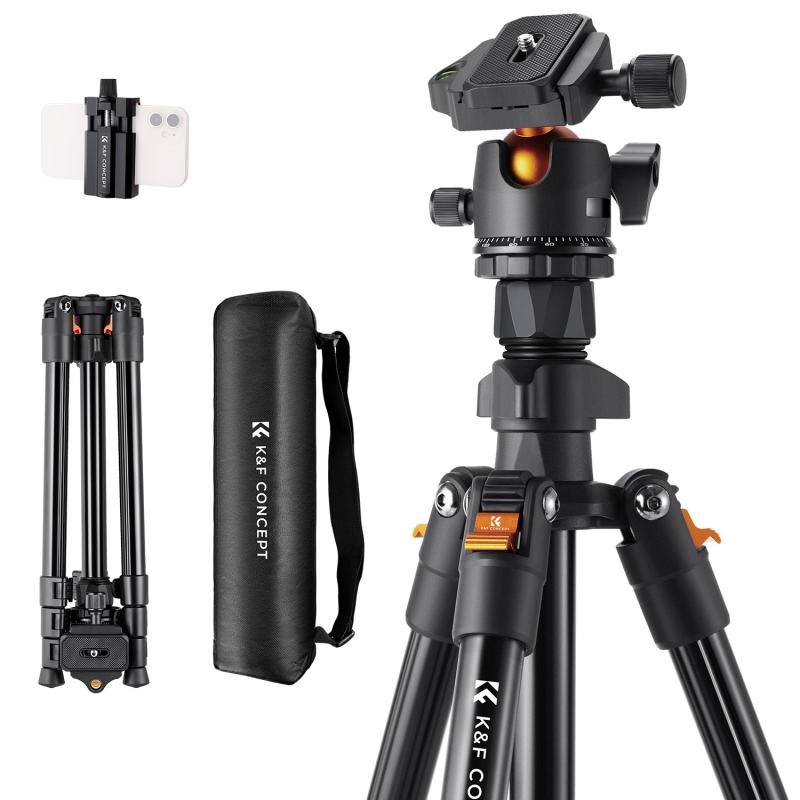
4、 Microtubule-associated proteins and regulation
Microtubules are dynamic structures that play a crucial role in various cellular processes, including cell division, intracellular transport, and cell shape maintenance. Due to their small size, the question arises whether microtubules can be visualized using a light microscope.
Traditionally, light microscopy has been limited in its ability to directly visualize microtubules due to their small size, which is below the resolution limit of conventional light microscopes. However, advancements in microscopy techniques have allowed for the visualization of microtubules indirectly. One such technique is immunofluorescence microscopy, where specific antibodies are used to label microtubules with fluorescent markers. This enables the visualization of microtubules as bright, filamentous structures under a light microscope.
In recent years, super-resolution microscopy techniques have revolutionized the field of cell biology by surpassing the diffraction limit of light microscopy. These techniques, such as stimulated emission depletion (STED) microscopy and structured illumination microscopy (SIM), have made it possible to directly visualize microtubules with a resolution of a few tens of nanometers. This has provided researchers with unprecedented insights into the organization and dynamics of microtubules within cells.
It is important to note that while super-resolution microscopy techniques have greatly improved our ability to visualize microtubules, they still require specialized equipment and expertise. Therefore, the routine visualization of microtubules in most laboratories is still primarily achieved using immunofluorescence microscopy.
In conclusion, microtubules can be visualized with a light microscope using immunofluorescence techniques. The recent advancements in super-resolution microscopy have further enhanced our ability to directly visualize microtubules, providing valuable insights into their structure and function.













